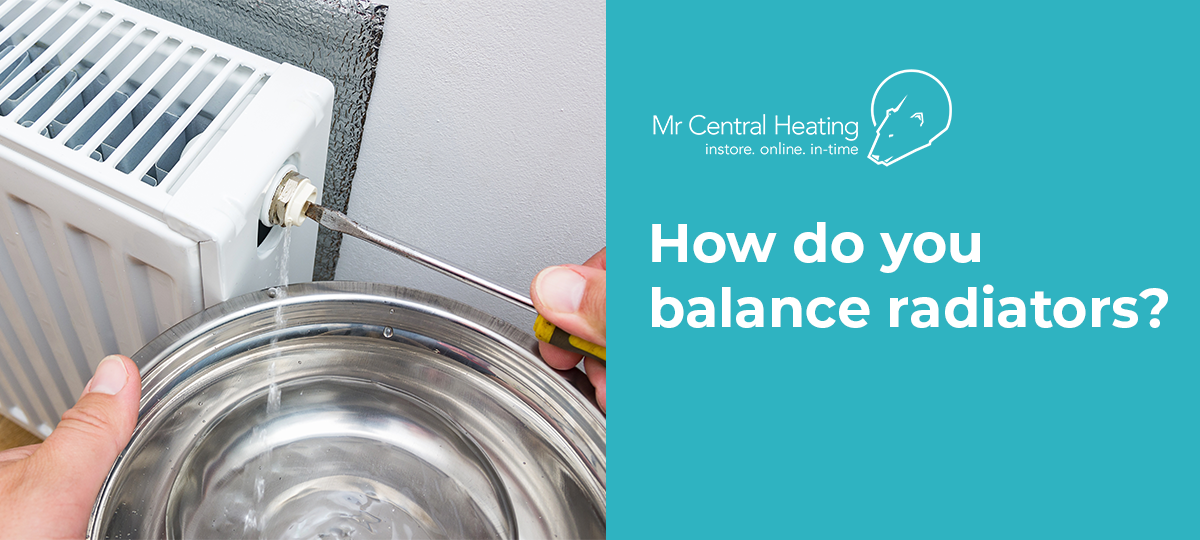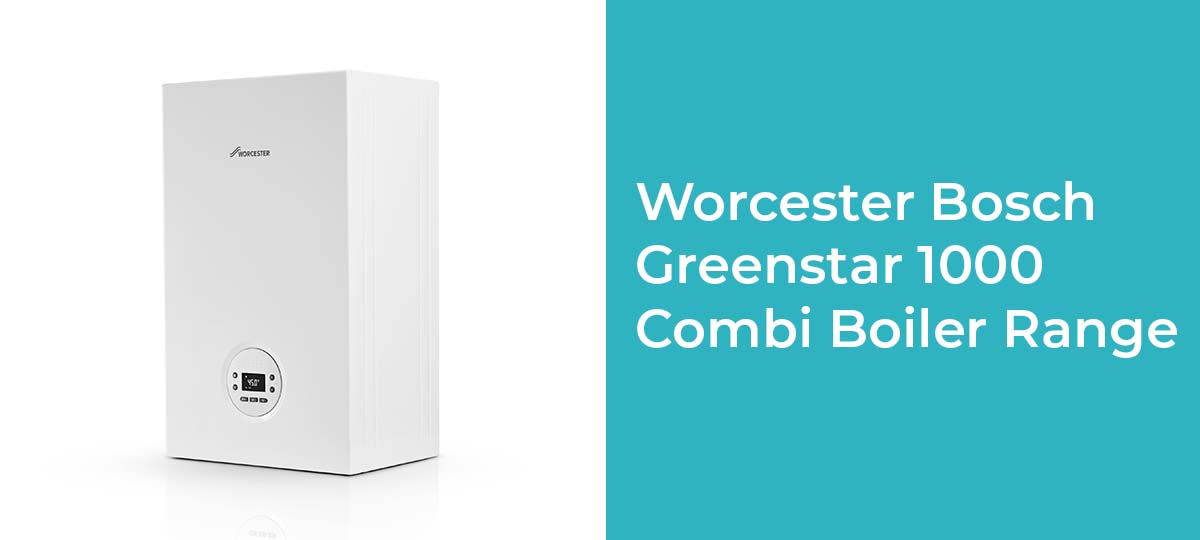If you are spending a lot of money on your heating bills, then you may find looking at your home’s insulation is something that is worth doing. Another indicator for a poorly insulated home is when you switch your heating off your home becomes cold relatively quickly, meaning you must keep your heating on longer or indefinitely to maintain the overall temperature.
In simple terms insulation is all about stopping heat from leaving your home. Some of the key areas where this is most likely to occur is through doors, windows, walls and the roof. Covering these four key areas will likely improve your home’s insulation dramatically. Your ultimate goal is to seal off any source where air can move between the inside and outside of the room, or building.
Insulate Doors and Exits
When it comes to the doors in your home you should consider both the interior and exterior doors. Are there gaps in the seals letting in cold air, or is air from the outside coming into the home via the letterbox? Inexpensive draft excluders can be bought for both the interior and exterior doors, and the letter box can also be dealt with using special covers called a brush to block cold air from entering and hot air escaping from the home. Don’t overlook the cat or dog flap which can be another source where heat can escape from your home.
 Check Windows and Frames
Check Windows and Frames
In addition to the doors, the windows are also a key area that needs evaluating in terms of their insulation effectiveness. If you have older single glazed windows, then most likely this is a key area where heat is escaping from your home. Although the best thing you can do here is to replace the windows with either double or triple glazing, which will make a massive difference to your insulation and sound proofing, it is not always practical or affordable to go down this route. The good news is there are some other options that you can do. Firstly, check the window frames, as the seals here can be a source of leaks. This is an easy fix with some putty or sealant. Blinds, shutters and curtains can also be installed which can help with the insulation too, which is cheaper than replacing the windows.
Don’t Block Radiators with Furniture
In the home yourself, make sure that you are not covering your
radiators with furniture. For example, you may not think about placing a sofa directly in front of a radiator, but if you do then it cannot run as efficiently as it might. Furniture placement is a key aspect of maximising the efficiency of the radiators that you have, and proper furniture placement means less heat, will go further.
Check Flooring and Skirting
Floorboards and skirting are another area where heat can be lost. Bare floorboards may look good, but the gaps between the boards can be costing you money. Considering covering them or filling the gaps if you are concerned that this issue affects you.
Explore Cavity Wall Insulation Options
Cavity wall insulation is an option for reducing heat loss through the walls, but it is not always a suitable option for every house, and if installed incorrectly can cause more problems than it solves, so care should be taken in selecting a highly qualified installer if you choose to go down this route. When done correctly, in the right type of cavity wall this can be a great way to reduce heat loss from the home. Proper research here is key.
Insulate Water Tank and Hot Water Pipes
Check to ensure that your water tank is insulated. Ensure that the thickness of the insulation is adequate and not too thin. If you have access to hot water pipes it is a great idea to insulate them as this can reduce heat loss through the copper piping. Another option is to install radiator reflector panels as this helps push the heat back into the room, and not into the walls.
Loft Insulation is a Must

Another area to check is the roof as this is another area where heat can be lost through a building since heat rises. Loft insulation is a must-do activity, so check to see if it is installed, and if so, still in good condition since over time this can become old and tired. Glass wool can easily be installed in the loft, if you have one, and this can help retain heat in the building and help you make dramatic savings to your heating bills.
The good news about insulating the home is that you can do this in stages, and anything you do to help the insulation will ultimately reduce your heating bills and help make your home warmer. Ensuring some of the big tasks such as loft insulation is carried out can make a noticeable difference, whereas some of the smaller tasks, will add small incremental improvements to the insulation as a whole.
Find out more and read our guide to reducing Winter Heating Costs
View our home heating guide series 









 Check Windows and Frames
In addition to the doors, the windows are also a key area that needs evaluating in terms of their insulation effectiveness. If you have older single glazed windows, then most likely this is a key area where heat is escaping from your home. Although the best thing you can do here is to replace the windows with either double or triple glazing, which will make a massive difference to your insulation and sound proofing, it is not always practical or affordable to go down this route. The good news is there are some other options that you can do. Firstly, check the window frames, as the seals here can be a source of leaks. This is an easy fix with some putty or sealant. Blinds, shutters and curtains can also be installed which can help with the insulation too, which is cheaper than replacing the windows.
Don’t Block Radiators with Furniture
In the home yourself, make sure that you are not covering your
Check Windows and Frames
In addition to the doors, the windows are also a key area that needs evaluating in terms of their insulation effectiveness. If you have older single glazed windows, then most likely this is a key area where heat is escaping from your home. Although the best thing you can do here is to replace the windows with either double or triple glazing, which will make a massive difference to your insulation and sound proofing, it is not always practical or affordable to go down this route. The good news is there are some other options that you can do. Firstly, check the window frames, as the seals here can be a source of leaks. This is an easy fix with some putty or sealant. Blinds, shutters and curtains can also be installed which can help with the insulation too, which is cheaper than replacing the windows.
Don’t Block Radiators with Furniture
In the home yourself, make sure that you are not covering your  Another area to check is the roof as this is another area where heat can be lost through a building since heat rises. Loft insulation is a must-do activity, so check to see if it is installed, and if so, still in good condition since over time this can become old and tired. Glass wool can easily be installed in the loft, if you have one, and this can help retain heat in the building and help you make dramatic savings to your heating bills.
The good news about insulating the home is that you can do this in stages, and anything you do to help the insulation will ultimately reduce your heating bills and help make your home warmer. Ensuring some of the big tasks such as loft insulation is carried out can make a noticeable difference, whereas some of the smaller tasks, will add small incremental improvements to the insulation as a whole.
Another area to check is the roof as this is another area where heat can be lost through a building since heat rises. Loft insulation is a must-do activity, so check to see if it is installed, and if so, still in good condition since over time this can become old and tired. Glass wool can easily be installed in the loft, if you have one, and this can help retain heat in the building and help you make dramatic savings to your heating bills.
The good news about insulating the home is that you can do this in stages, and anything you do to help the insulation will ultimately reduce your heating bills and help make your home warmer. Ensuring some of the big tasks such as loft insulation is carried out can make a noticeable difference, whereas some of the smaller tasks, will add small incremental improvements to the insulation as a whole.












